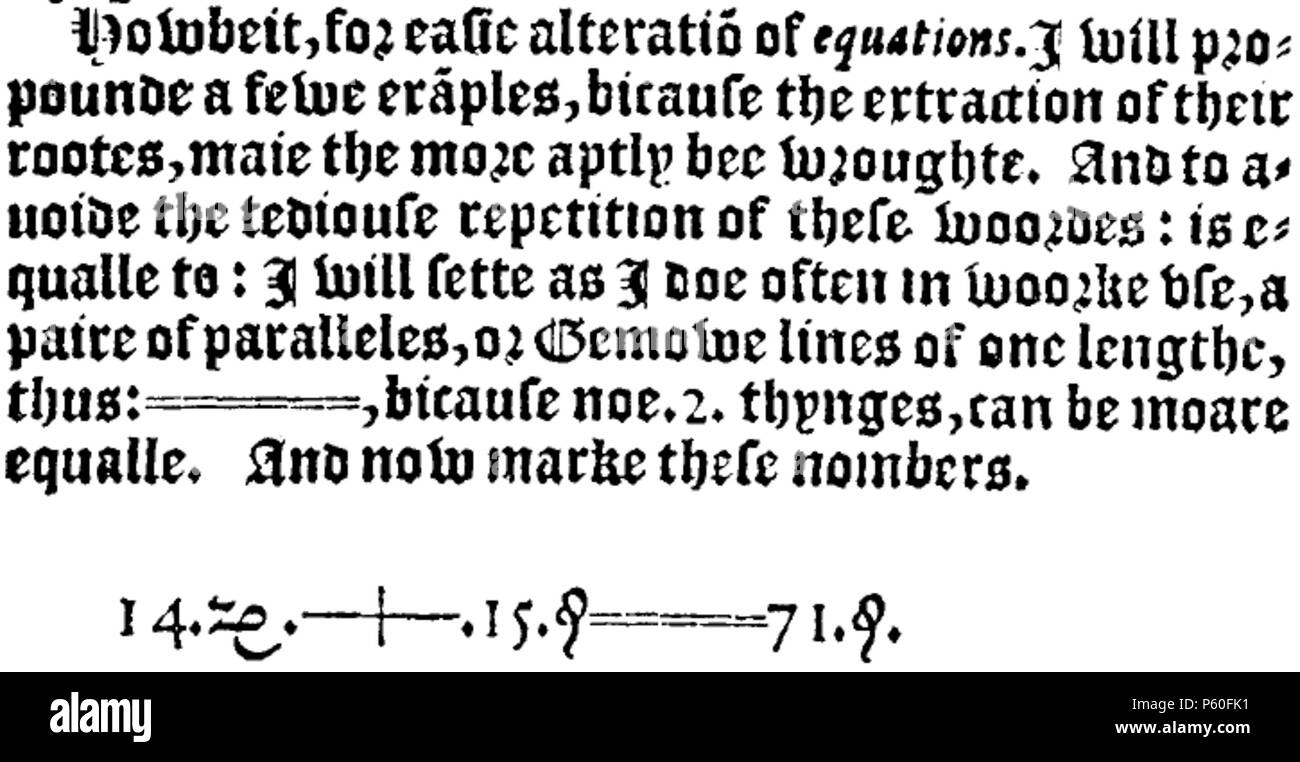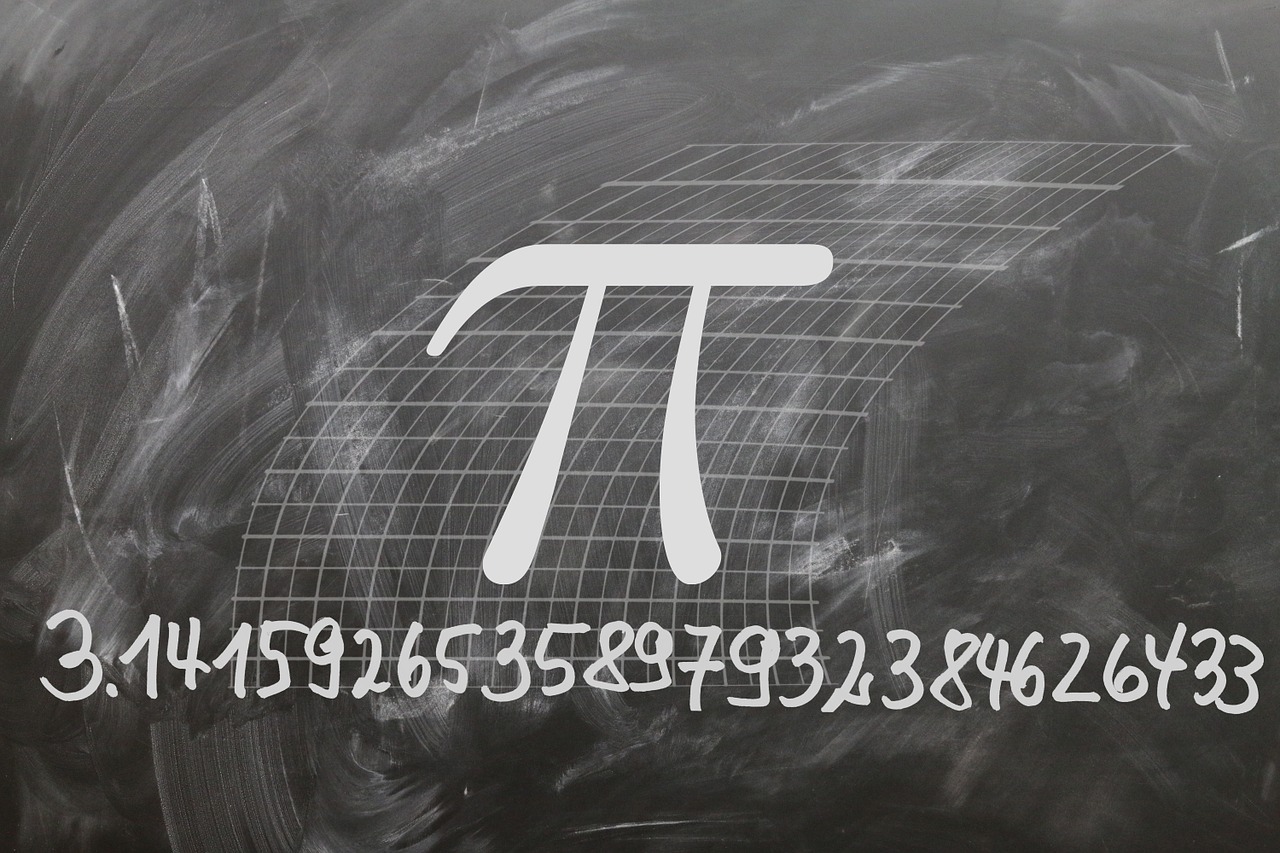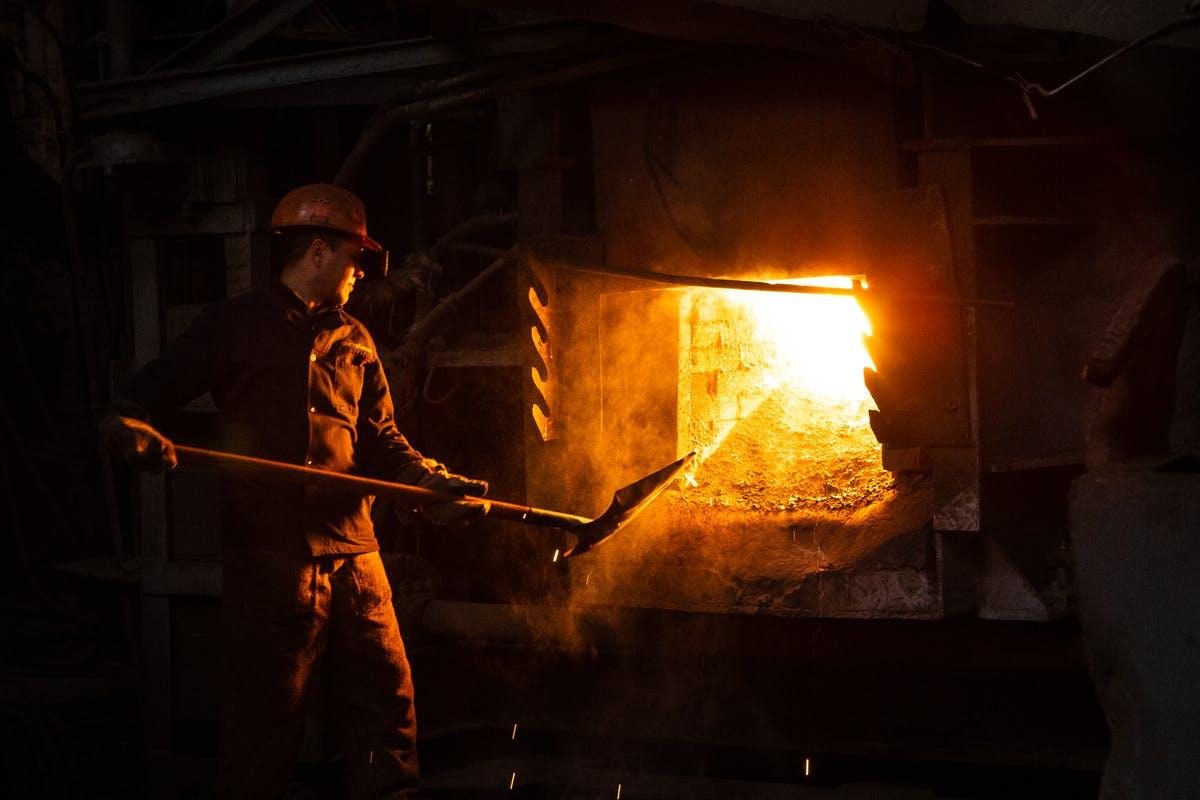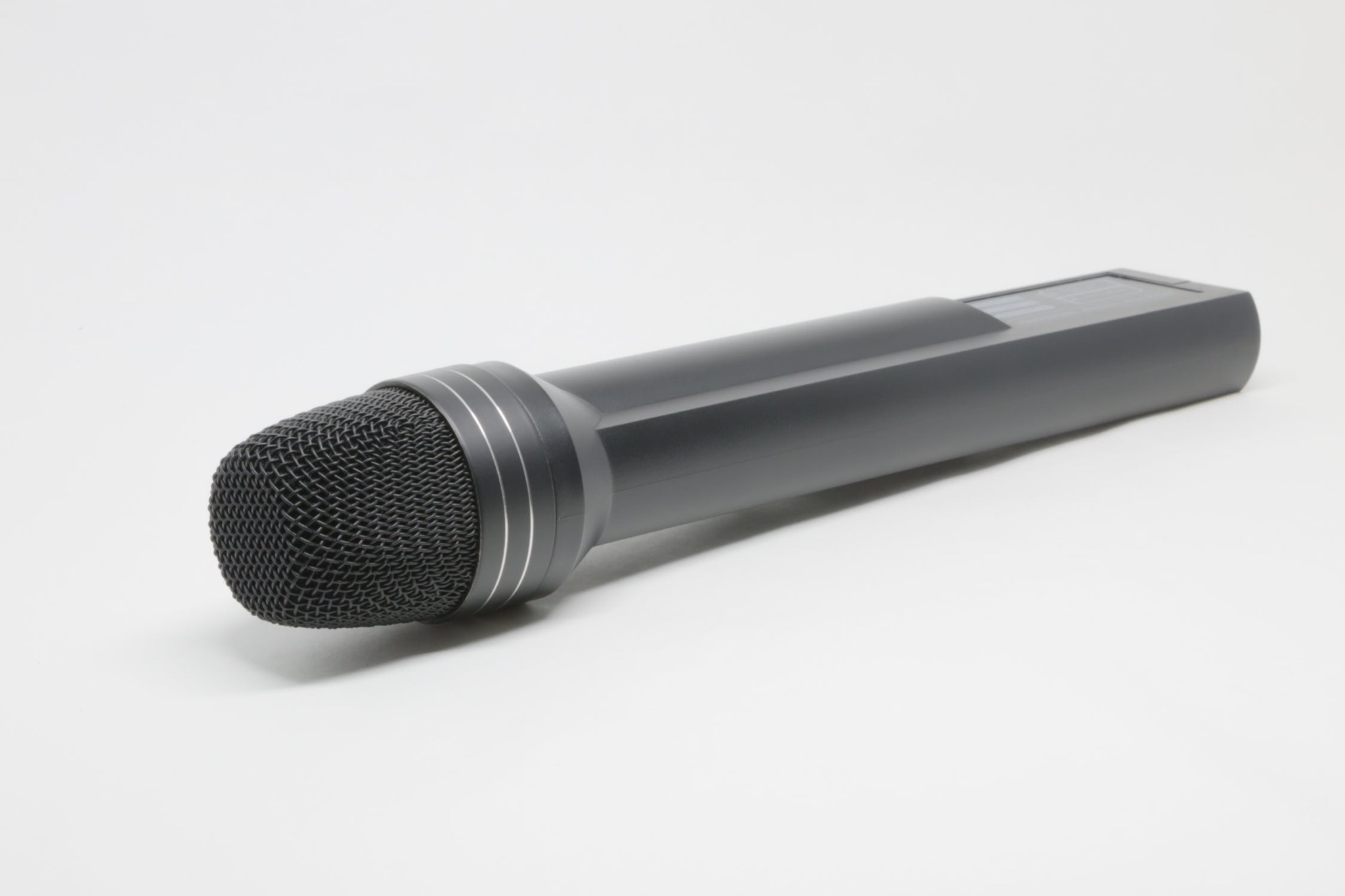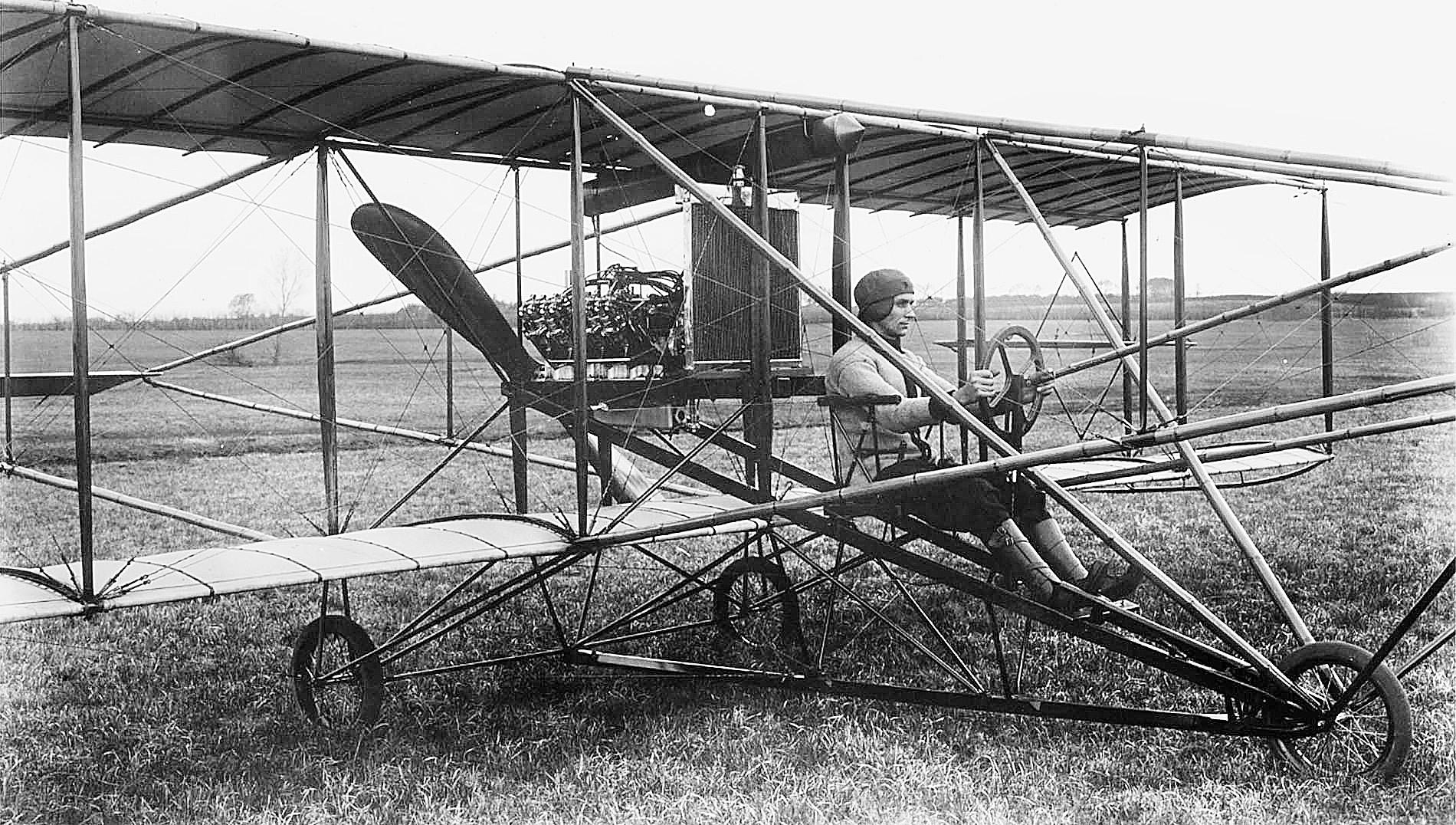The equals sign and the spare tire are just two examples of the numerous inventions which Welsh intellectuals, scientists, and engineers are credited for creating that had a lasting impact on the world.
The following is a list of 10 notable Welsh inventions dating from the 16th century to the present.
Robert Recorde – The equals sign (1557)
Recorde set the bar for English mathematicians by writing the first treatises on arithmetic, algebra, and geometry. Several editions of his works were published throughout the 16th and 17th centuries. The equal sign (=) was invented by him and first used in his 1557 publication, the Whetstone of Witte. He earned fame as well, working as the king’s doctor and was in charge of the Royal Mint (which is now based in Llantrisant, South Wales) from the western Welsh town of Tenby.
William Jones – Pi (1706)
William Jones is a well-known novelist, naval navigator, and mathematician. In his calculus textbook “Palmariorum Matheseos,” which was released in 1706, Jones created the symbol π to depict the relationship between a circle’s circumference and its diameter. This is where the pi symbol was first used. The Greek word, which translates to “circumference” or “periphery,” was shortened by him to the first letter π.
David Thomas – Iron smelting (1836)
The “hot blast” method, which involves preheating air before pumping it into a blast furnace, revolutionized the production of iron. At Ystradgynlais, Powys, numerous ironworkers independently discovered it, notably David Thomas. Thomas brought his method to Pennsylvania, where he made significant contributions to American industry and served as the organization’s first president.
William Robert Grove – The Fuel Cell (1842)
Since batteries and fuel cells are so common; one might believe that they are recent inventions. On the contrary, this practical piece of technology was actually created in the Victorian era. William Robert Grove was a physicist, a lawyer, and the inventor of the Grove’s battery. He fused hydrogen and oxygen to develop the fuel cell in his Swansea home. He was raised in Swansea and attended Brasenose College in Oxford for his education.
Sir Pryce Jones – Mail Order Shopping (1861)
Thank Pryce-Jones, who was born in Montgomeryshire, the next time you order a pair of shoes from a catalog or even a pair of trousers from a website. He came up with the concept of a mail-order company. Starting with a small shop in Newtown, he later sent his goods to individuals in far-flung rural areas who would otherwise have to travel long distances to the town using the Post Office and the new train connections.
David Edward Hughes – The microphone (1878)
The development of wireless telegraphy and microphone technology was significantly influenced by this well-known Welsh scientist. Hughes created the first modern microphone by creating a device to transfer sounds electronically from Bala. He invented the teleprinter and was the first to send morse code via a radio signal.
Isaac Roberts – Deep space photography (1886)
The Denbighshire farmer’s son, an engineer and a business entrepreneur, Isaac Roberts was a dedicated amateur astronomer. He experimented with telephoto lenses, reflecting telescopes, photographic plates, and portrait lenses in order to get the first clear image of the Andromeda Galaxy from the orbit (then known as a nebula).
Bill Frost – Early flight (1894)
The Wright Brothers are credited for developing the first powered aircraft and carrying out the first powered flight in 1903. Thoughts are growing that Bill Frost, who accomplished the feat in 1896, was the first to fly a motorized aircraft. In September 1896, he was observed flying the aircraft for 500 meters in Pembrokeshire. Due to his financial difficulties, Frost was unable to renew the patent on his flying contraption in 1898. Frost had largely been forgotten by the time the Wright Brothers made their first flight in 1903. People in the area were aware of his flight even though there were no formal records of it. Historiographers later documented it, but he passed away without being acknowledged for his contribution.
Morris Davies – The Spare Wheel (1904)
In 1895, Morris and Walter Davies started an ironmongery store in Stepney Street, Llanelli. Morris Davies created a spokeless wheel rim with an inflated tire since early motor vehicles lacked extra tires. Every London taxi had the device by 1909, and news of their invention immediately went around the world. Even now, a spare wheel is still referred to as a “stepney” in some countries.
Edward George Bowen – Radar (1935)
Edward “Taffy” Bowen, a significant contributor in the invention of radar, was the son of a steelworker from Swansea. In order for the crew to detect not only other planes but also difficult-to-find targets like submarines for the first time, Bowen was part of the team entrusted with developing a radar system that could be mounted aboard airplanes. This innovation immensely benefited the allies throughout WWII. He made a name for himself in radio astronomy after the war.
Click here to find out more about these outstanding Welsh researchers.
Munia Jamal is a freelance content writer and translator with 5 years of experience, working with different clients and agencies. She believes that content is nothing but showing your creativity through words. She can be contacted at muniaj99@gmail.com.

